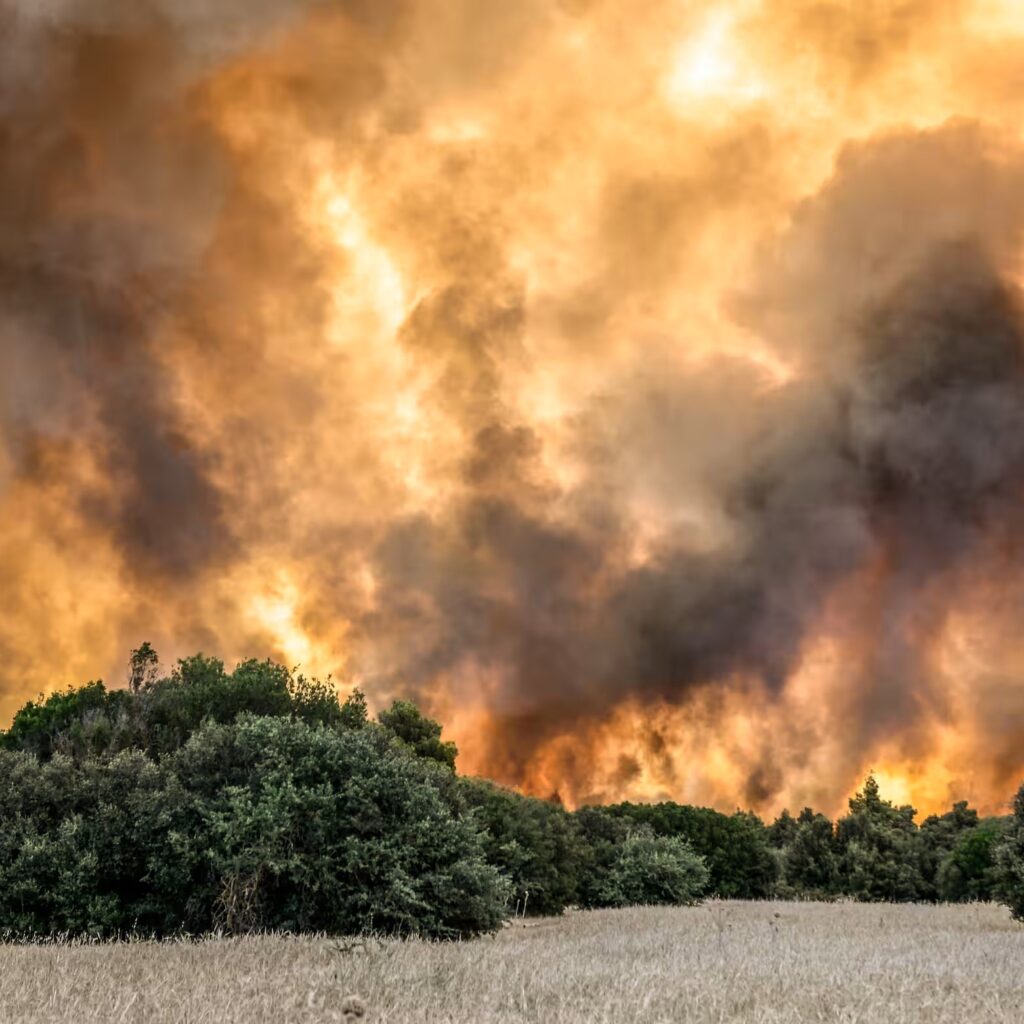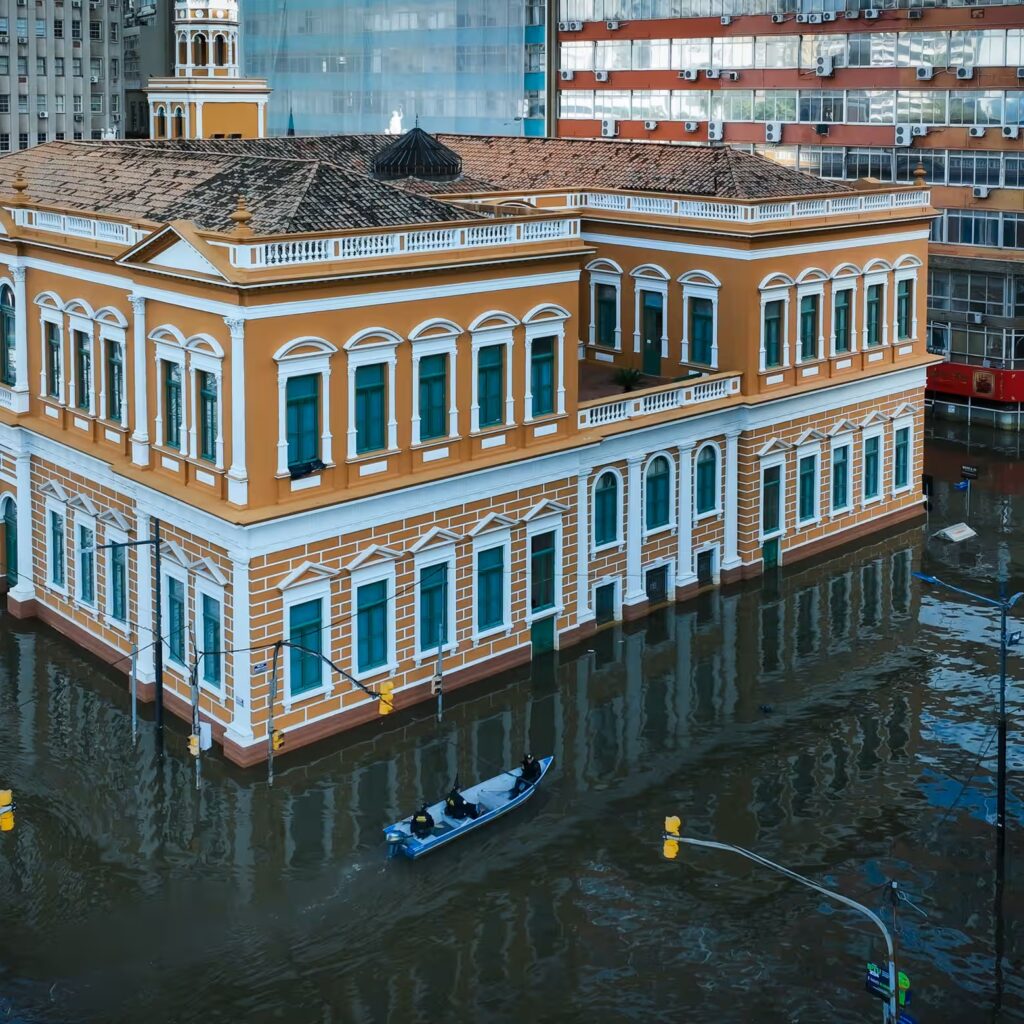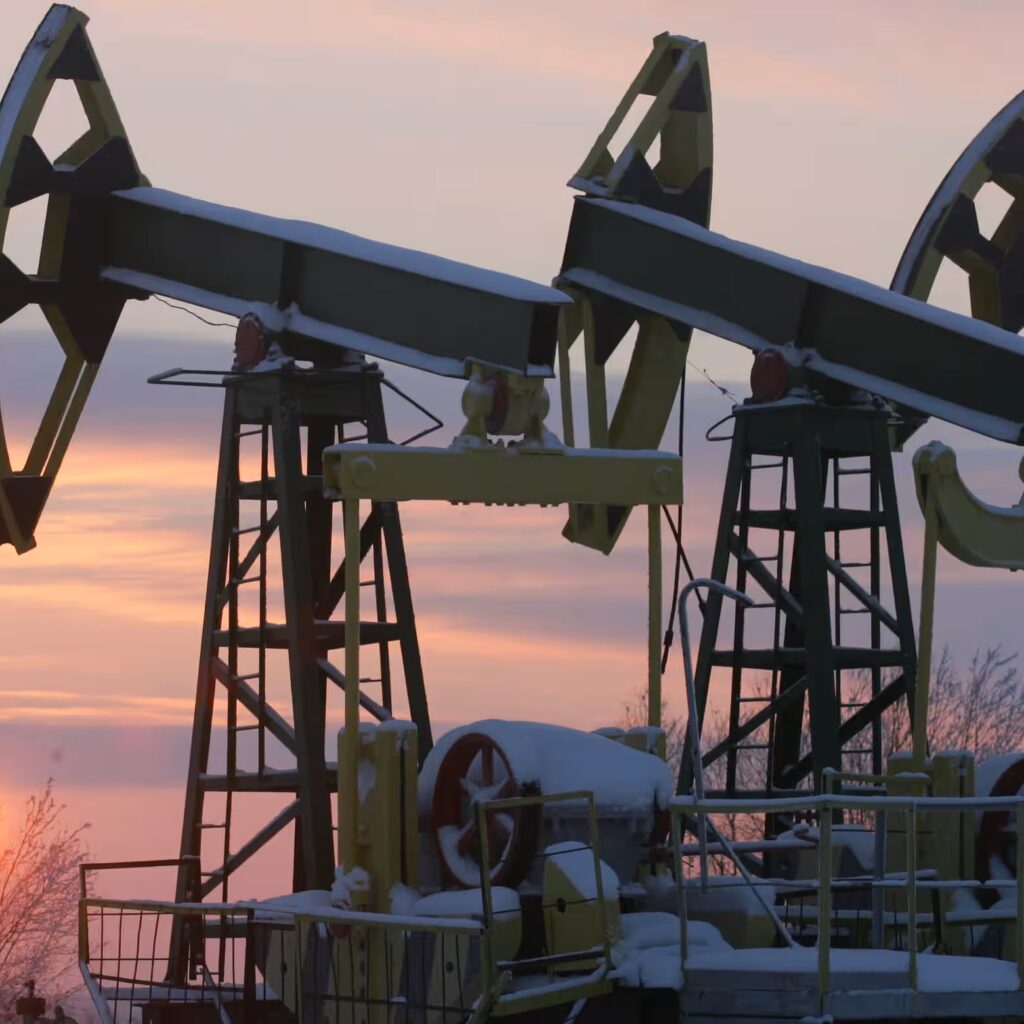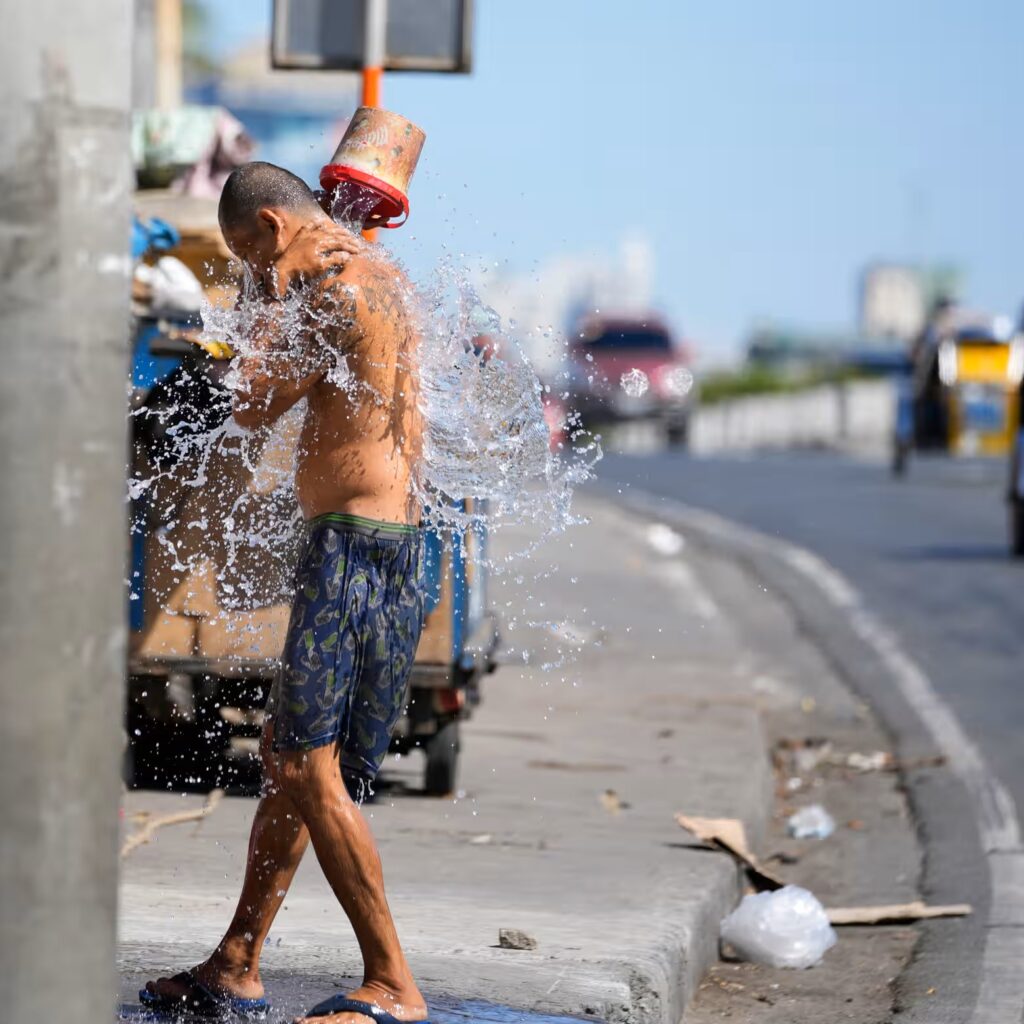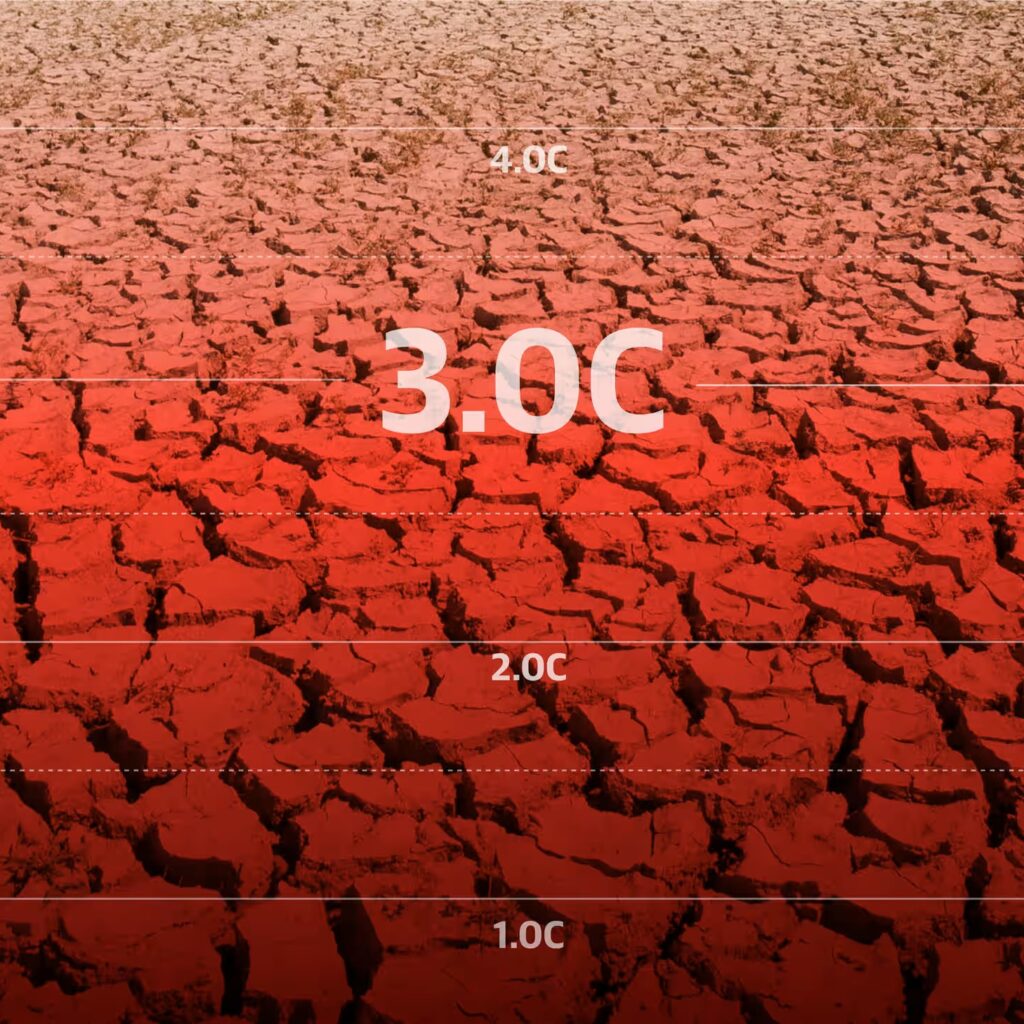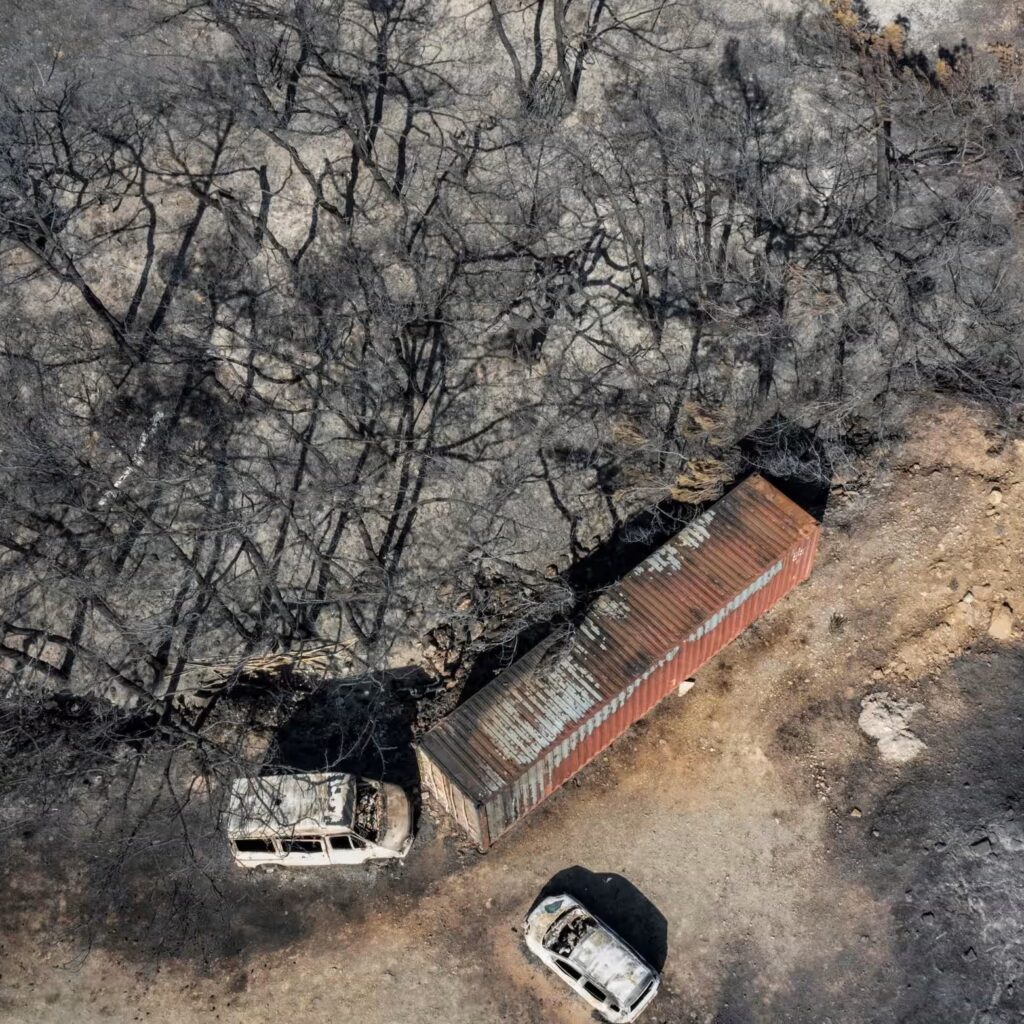
A significant early-season heat wave is set to impact western North America, bringing potentially record-breaking temperatures and raising wildfire risks, signalling the onset of a scorching summer. A mighty high-pressure ridge, known as a heat dome, will drive unusually high temperatures across California by mid-week, extending into the Pacific Northwest and Southwestern Canada, according to Daniel Swain, a climate scientist at UCLA.
The heat wave is expected to last 10 to 14 days, with Northern California and the Sierra Nevada foothills experiencing the highest temperatures. The Sacramento Valley could see widespread triple-digit temperatures, potentially exceeding 110 degrees, which is about 20 degrees above normal. The National Weather Service forecasts that far northern California will likely see its first 100-degree day of the year by Wednesday, while the Central Valley is under an excessive heat watch, with the San Joaquin Valley possibly reaching 110 degrees.
This event resembles the historic heat dome of June and July 2021, which lasted 27 days and caused hundreds of deaths, marine life die-offs, crop losses, and infrastructure damage. Although this year’s heat wave is predicted to be less intense, it could still exacerbate the fire season, especially with the increased vegetation from recent wet winters. California has already experienced several small fires, including a 1,300-acre blaze in Santa Barbara County, highlighting the heightened fire risk from the incoming heat. Read More
News Credit: Los Angeles Times
Picture Credit: The latest seasonal outlook from NOAA indicates a high likelihood of warmer-than-normal temperatures across most of the U.S. in June, July and August. National Oceanic and Atmospheric Administration





